Life
Sign up for our newsletter
We summarize the week's scientific breakthroughs every Thursday.
-
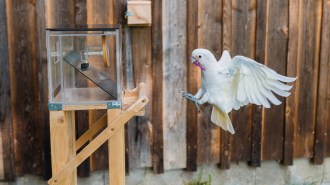 Animals
AnimalsCockatoos can tell when they need more than one tool to swipe a snack
Cockatoos know when it will take a stick and a straw to nab a nut in a puzzle box. The birds join chimps as the only known nonhumans to use a tool kit.
-
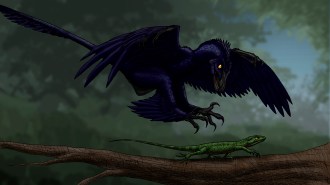 Paleontology
PaleontologyThis dinosaur might have used its feet to snag prey in midair like modern hawks
Fossilized toe pads suggest a hawklike hunting style in Microraptor, a dinosaur that some scientists think could hunt while flying.
By Derek Smith -
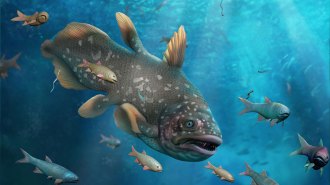 Paleontology
PaleontologyIn the wake of history’s deadliest mass extinction, ocean life may have flourished
Ocean life may have recovered in just a million years after the Permian-Triassic mass extinction, fossils from South China suggest.
By Nikk Ogasa -
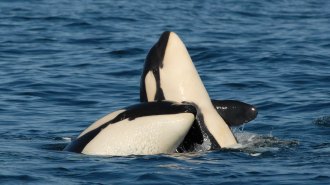 Life
LifeOrca moms baby their adult sons. That favoritism pays off — eventually
By sharing fish with their adult sons, orca moms may skimp on nutrition, cutting their chances of more offspring but boosting the odds for grandwhales.
By Susan Milius -
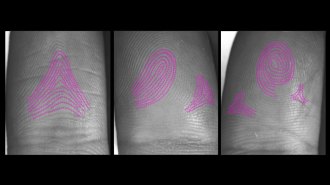 Health & Medicine
Health & MedicineHow fingerprints form was a mystery — until now
A theory proposed by British mathematician Alan Turing in the 1950s helps explain how fingerprint patterns such as arches and whorls arise.
-
 Microbes
MicrobesSome ‘friendly’ bacteria backstab their algal pals. Now we know why
The friendly relationship between Emiliana huxleyi and Roseobacter turns deadly when the bacteria get a whiff of the algae’s aging-related chemicals.
By Elise Cutts -
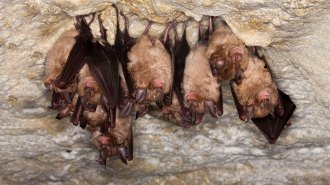 Life
LifeMammals that live in groups may live longer, longevity research suggests
An analysis of nearly 1,000 mammal species reveals that the evolution of mammals’ social lives and life spans could be linked.
By Jake Buehler -
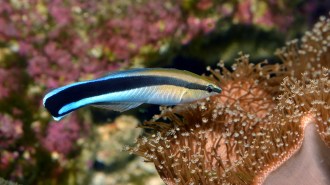 Animals
AnimalsFish can recognize themselves in photos, further evidence they may be self-aware
Cleaner fish recognize themselves in mirrors and photos, suggesting that far more animals may be self-aware than previously thought.
By Betsy Mason -
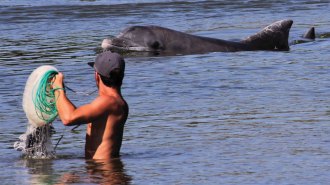 Animals
AnimalsHere are 3 people-animal collaborations besides dolphins and Brazilians
Dolphins working with people to catch fish recently made a big splash. But humans and other animals have cooperated throughout history.
-
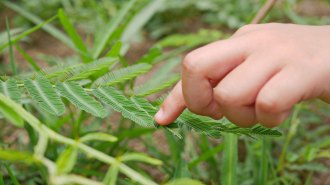 Life
LifeHow plant ‘muscles’ fold up a mimosa leaf fast
A mimosa plant revs up tiny clumps of specially shaped cells that collapse its leaflets, though why isn’t clear.
By Susan Milius -
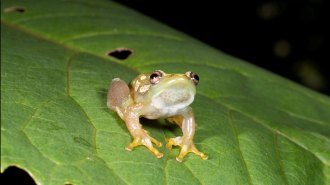 Animals
AnimalsA newfound ‘croakless’ frog may communicate via touch
A newly discovered frog species in Tanzania joins a rare group of frogs that don’t croak or ribbit.
-
 Animals
AnimalsAre your cats having fun or fighting? Here are some ways to tell
Certain behaviors indicate if your cats’ interaction is friendly, aggressive or something in between, a new study finds.